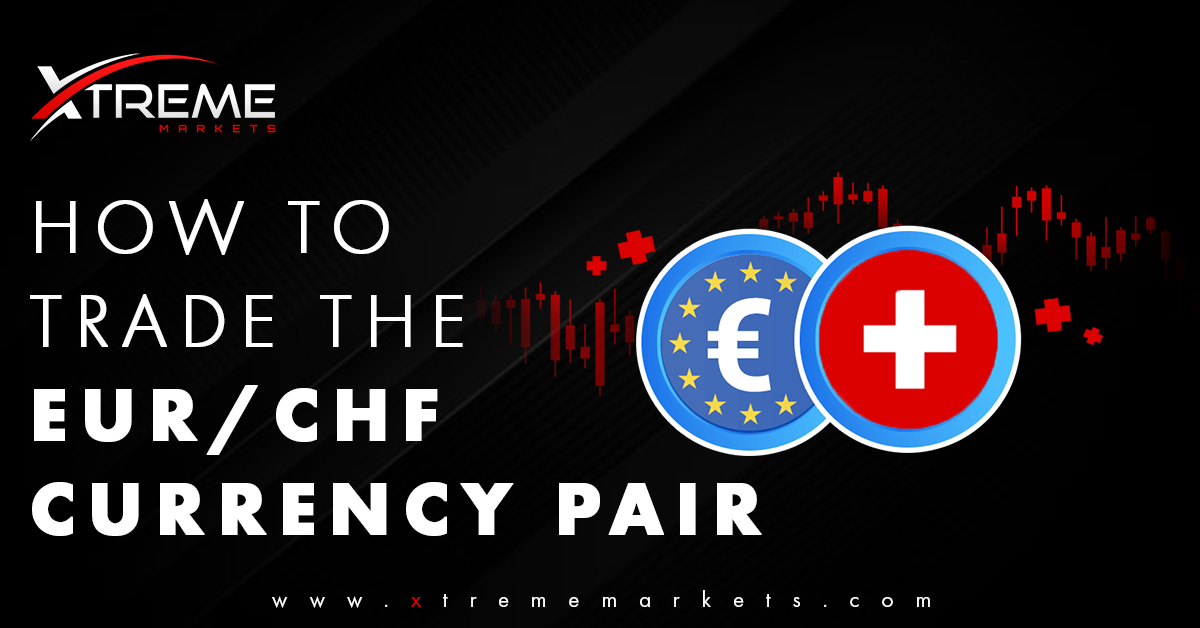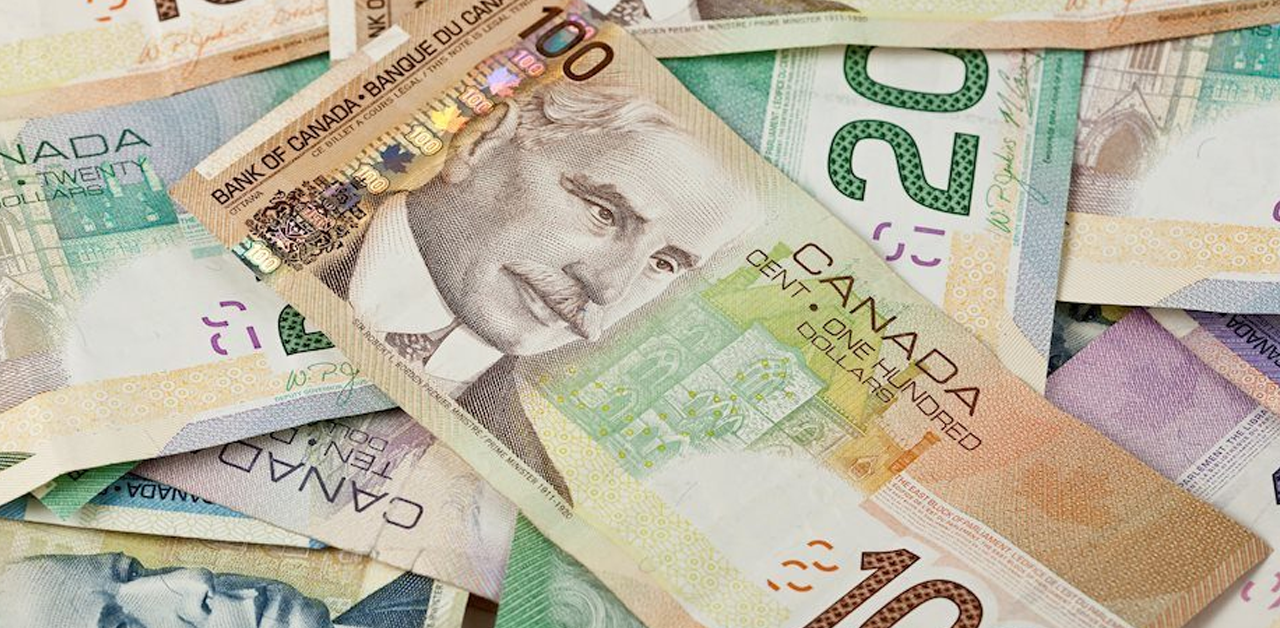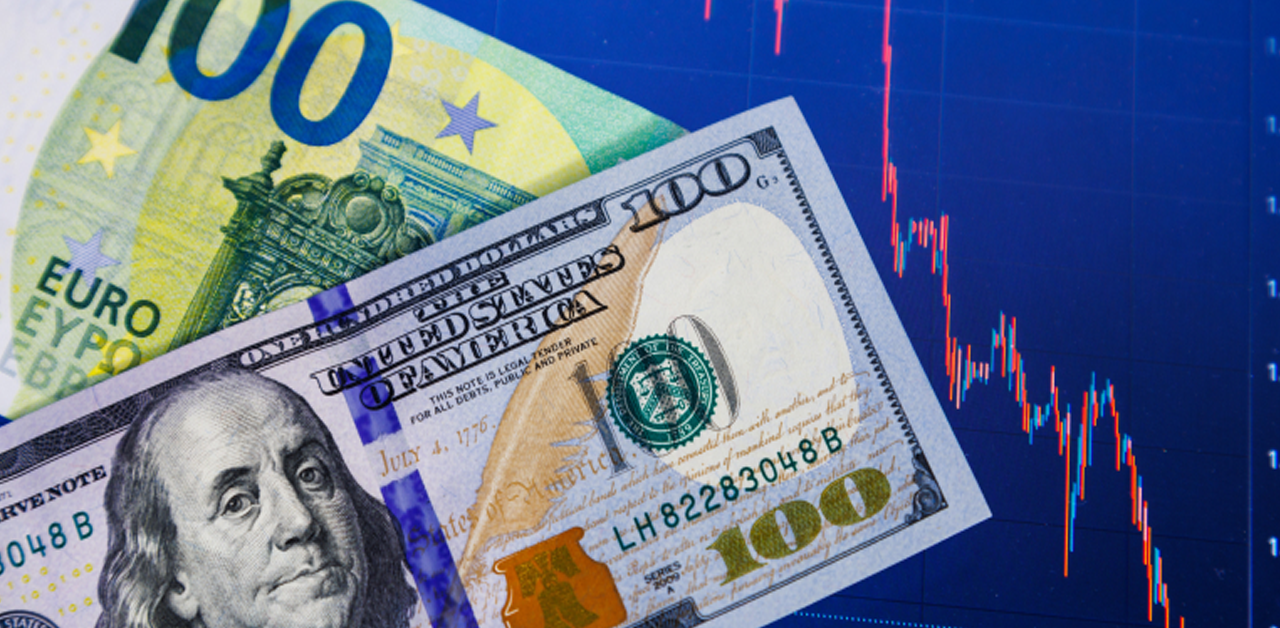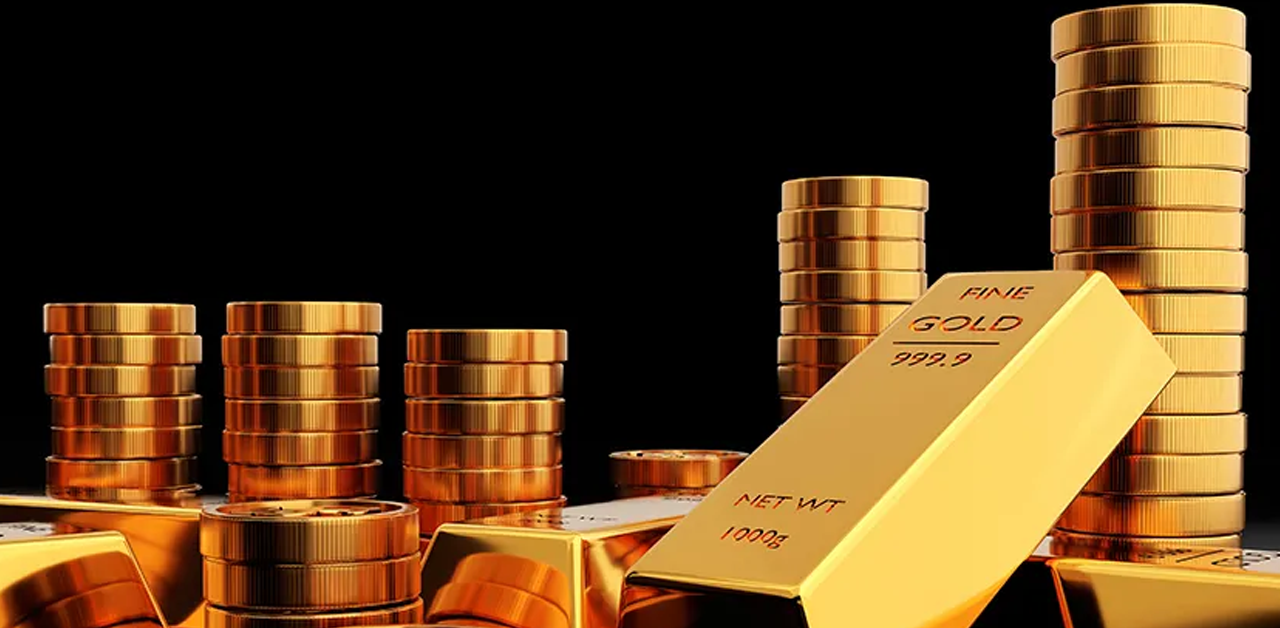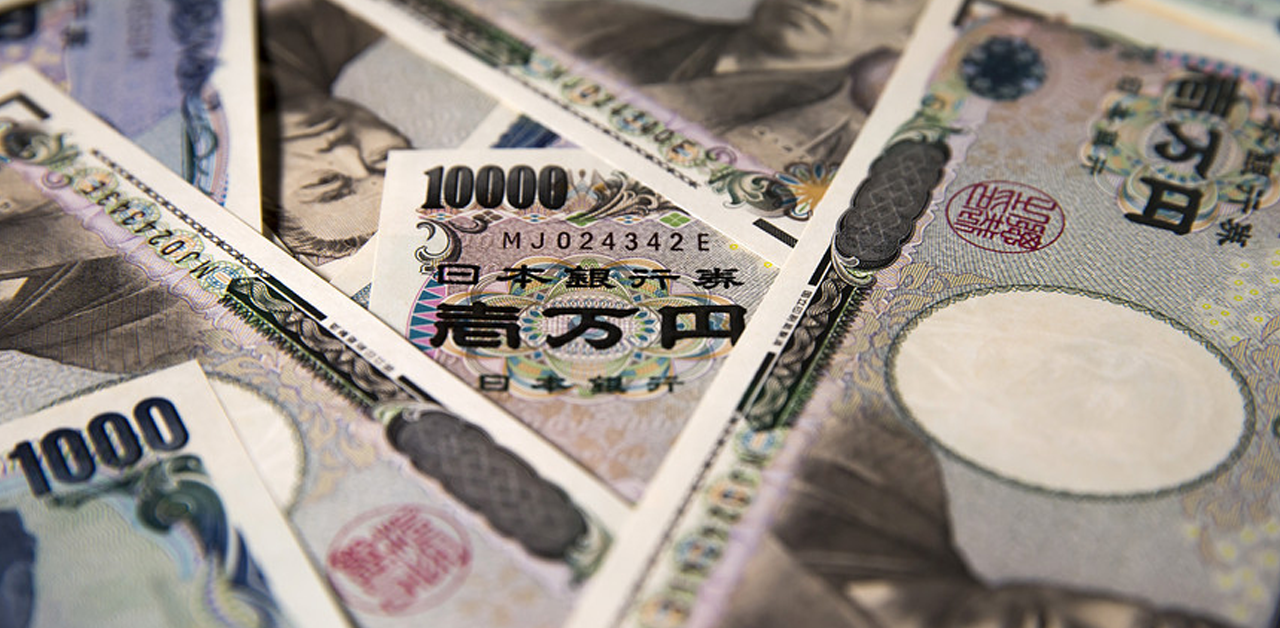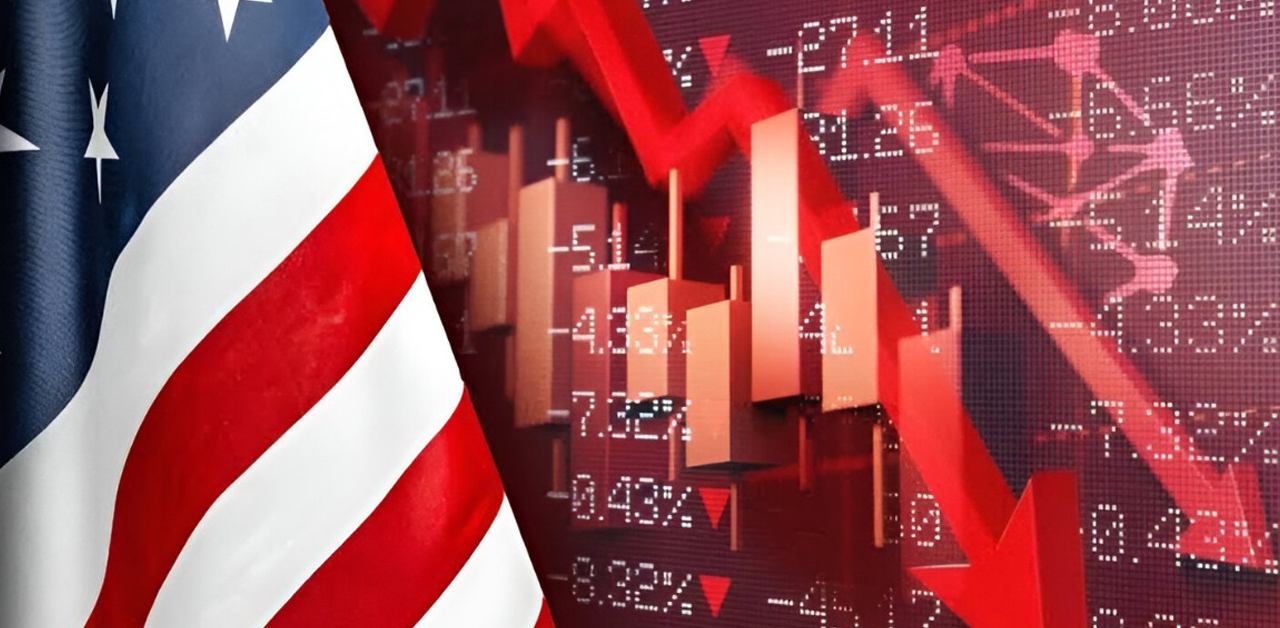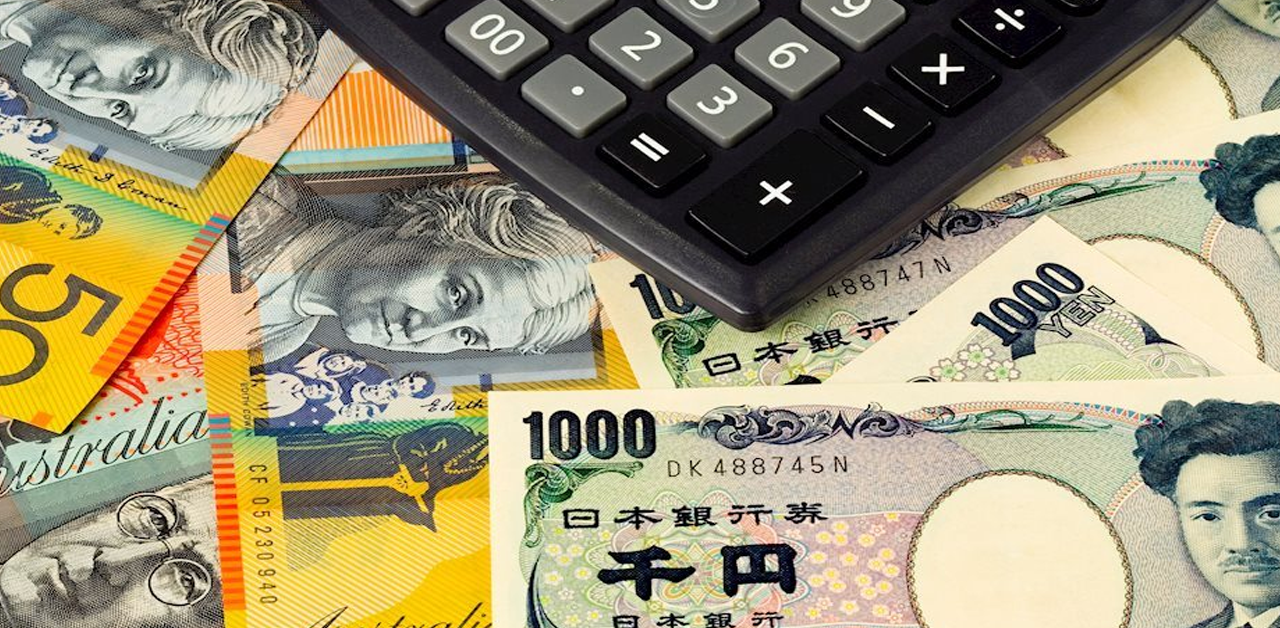Although Switzerland is not a member of the European Union (EU), it maintains a close relationship with the EU through over 100 bilateral treaties, allowing it to participate in some aspects of the EU’s single market.
Historically, the Swiss franc was pegged to the euro at a rate of 1.20 francs per euro. However, this peg was removed in January 2015, leading to a significant crash in the EUR/CHF exchange rate and increased market volatility.
In 2022, the EUR/CHF exchange rate reached parity (1 EUR = 1 CHF), prompting some analysts to speculate about the possibility of another peg. This article will guide you on how to trade the EUR/CHF currency pair.
Understanding the EUR/CHF Exchange Rate
The EUR/CHF exchange rate indicates how many Swiss francs are required to purchase one euro. For example, if the EUR/CHF rate is 1.2000, it means 1 euro can buy 1.2000 Swiss francs.
What Are the EUR/CHF Trading Hours?
The EUR/CHF exchange rate can be traded 24 hours a day, five days a week. However, most volatility tends to occur during the European trading session, typically between 7 am and 4 pm GMT.
Forex traders often use financial instruments like contracts for difference (CFDs) to speculate on the price movements of currency pairs such as EUR/CHF. By using CFDs, traders can potentially profit from both rising and falling prices, as they are simply speculating on price direction.
CFDs also enable trading on margin, which allows traders to open larger positions with a smaller deposit held as margin. This can amplify both gains and losses.
For more details on the risks and benefits of CFDs, refer to The CFD Trading Guide. Alternatively, you can enhance your forex trading skills by exploring our free trading course below.
EUR/CHF Forecast & Historical Overview
In 1973, the EUR/CHF exchange rate was around 2.4742. By June 2022, the exchange rate had reached parity, meaning 1 EUR equaled 1 CHF, or an exchange rate of 1.0000. The currency pair has generally been in a long-term downtrend, with a significant event in the run-up to 2015.
In September 2011, the Swiss National Bank (SNB) pegged the Swiss franc to the euro at an exchange rate of 1.2000 in response to massive inflows into the Swiss franc as a safe haven during the European debt crisis. This overvaluation prompted the SNB to fix the exchange rate. However, in 2015, the SNB unexpectedly removed the peg due to the euro’s substantial depreciation against the US dollar at that time.
The removal of the peg caused the EUR/CHF rate to plummet by approximately 30%, reaching a new low of 0.8500. In the following years, the exchange rate gradually recovered to 1.2000 by April 2018. Since then, EUR/CHF has been in a downtrend, with traders monitoring if the price will retest the 2015 crash lows.
Stay informed about the latest market trends and strategies by joining XtremeMarkets‘ FREE live trading webinars.
EUR/CHF Investing Analysis Techniques
Traders employ various analysis techniques to make buy or sell decisions for EUR/CHF, including technical analysis, fundamental analysis, sentiment analysis, and correlation analysis.
EUR/CHF Technical Analysis
Technical analysis is a widely used method for analyzing markets, focusing on chart patterns, indicators, and price data to identify buying and selling trends. Admirals offer an extensive collection of articles covering Forex indicators, Forex analysis, and Forex strategy.
The Xtrememarkets premium analytics section also supports technical analysis by offering bearish and bullish biases. The technical insight tool alerts traders to technical events occurring in the market.
For instance, after opening an account, you can access the Xtrememarkets Dashboard, which provides premium analytics. This enables traders to identify technical analysis events across thousands of markets, including EUR/CHF.
The Featured Ideas section also offers actionable trading ideas for various currency pairs and timeframes.
Traders can also learn technical analysis independently. Xtrememarkets MetaTrader platforms feature a wide range of technical indicators. Automated technical analysis tools can further enhance trading strategies.
EUR/CHF Fundamental Analysis
Fundamental analysis examines economic indicators such as interest rates, employment data, and inflation. Central banks, like the European Central Bank (ECB) and the Swiss National Bank (SNB), play a crucial role in shaping monetary policy, which impacts currency values.
For example, in 2022, the ECB raised interest rates in response to record-high inflation, while the SNB also increased rates, bringing its key rate back into positive territory for the first time since 2015. The ECB’s more aggressive rate hike plans led to a EUR/CHF rally from late September to October 2022.
However, on a long-term weekly chart, this may represent a bear market rally. A key level to watch is parity (an exchange rate of 1.0000) and how the exchange rate reacts if it reaches this level again.
How to Start Trading EUR/CHF
Did you know one of the best ways to test your trading strategies is by using a demo trading account? This type of account allows you to simulate trading in a virtual environment until you feel ready to trade live. You can open a free demo trading account in just a few minutes.

